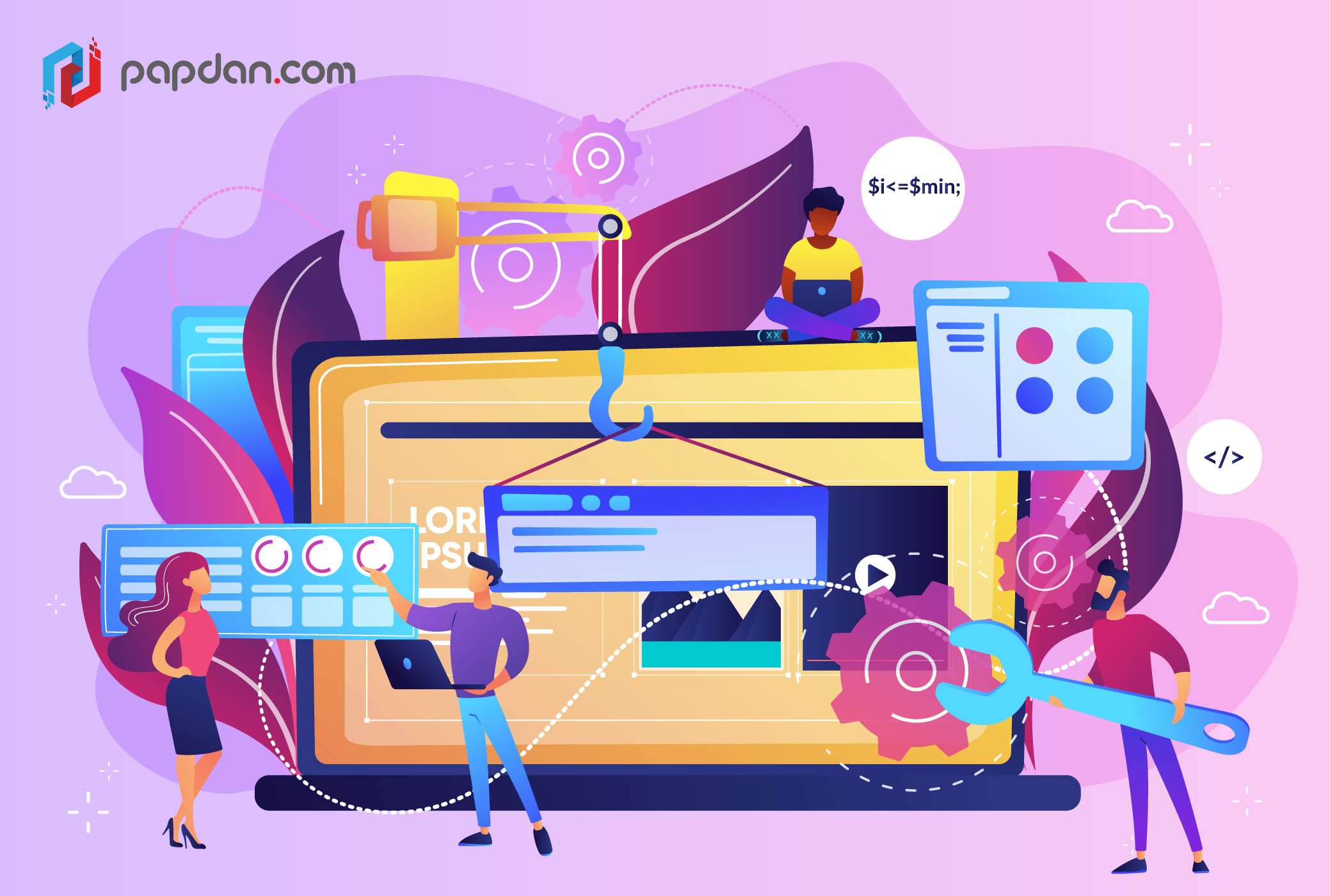Have you ever accessed a website that is very aesthetically pleasing but ends up leaving because you don’t know how to navigate it? We also encountered some of them. All we can say is that those sites are beautiful but not well-designed. Because well-designed sites not only look appealing but also provide a great usability! If we look at the numbers, 88% of users are less likely to return to a website after a bad user experience and 90% have stopped using an app due to poor performance, so better usability translates to user retention and loyalty. Now the question is do you want that “better user retention and loyalty” for your site? If your answer is yes, please do continue reading this article!
Usability is an all-important part of any software program including web design. A site with great usability should be intuitive, responsive and also looks beautiful. There are a lot of elements you can work on to enhance your website usability and gain for retention and loyalty. One of those is a strong onboarding process which we are going to talk about now.
Creating a Strong Onboarding Process
Maybe this is the first time you heard about the user onboarding process. Basically, user onboarding is a process that guides new users to find value in your site quickly after they sign up. It is a bridge that helps a new user become a highly engaged one. Onboarding also acts as the first point of contact once a user signs up, and a great onboarding experience will help create a strong first impression.
Here are a few best practices to create a strong user onboarding experience.
Keep the Process Short
Users have a very limited attention span, so the onboarding process should be completable within seconds or minutes. The main purpose is to help users get started instantly, not to make them experts.
Gamify the Process
Small fun elements like progress bars and checklists could make the whole process more engaging and appealing for your users. As a result, more users will finish it.
Allow Users to Skip the Process
Always provide a skip button. Because no matter how well-designed your onboarding process is, there are always some users that do not want to participate. Or maybe they are advanced users using new accounts. With those considerations in mind, you should never force your users to finish the onboarding process in order to start using the app.

